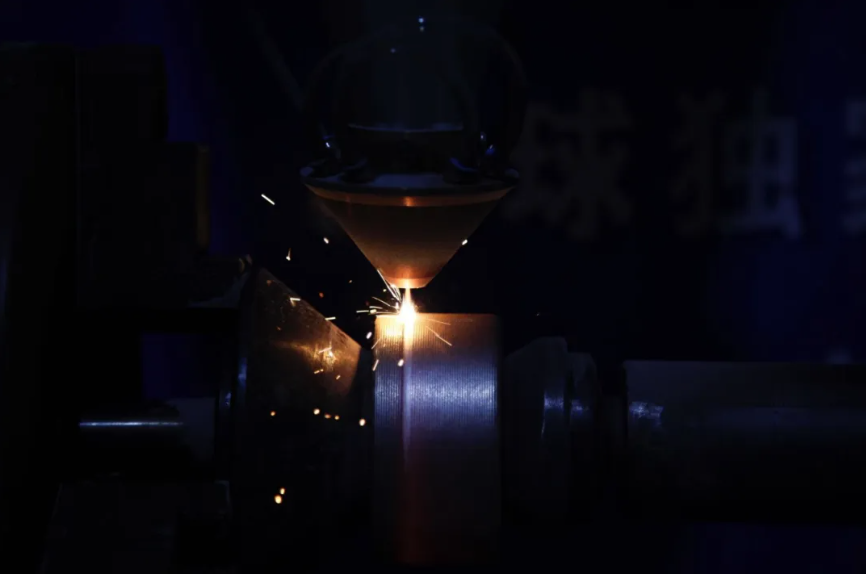Laser soldering machine how to choose the solder wire welding
Laser tin welder welding is suitable for a variety of industrial fields, for different sizes and shapes of products, and according to the product, characteristics can provide a variety of welding methods. Take tin wire laser welding as an example, laser wire feeding welding process, laser welding head, or product driven by the 3-axis platform, to complete the process of single-point wire feeding welding or moving wire feeding welding. Realize the automatic operation of the wire feeding and welding process. With a point/ring/ellipse laser; can be adjusted through the focal length of the size of the weld joint; can be quickly programmed to switch products and other characteristics.
Laser soldering with different wires
1. Rosin-type solder wire
Suitable for welding of repair and related components in the electronics industry. The residue after soldering has high impedance, no leakage, and can pass the high voltage test. It is the most commonly used tin wire in the electronics industry.
2. No-clean solder wire
Ideal for refinishing PCBs that require less soldering residue, high insulation resistance, and clean surfaces.
3. Nickel-plated solder wire
Suitable for soldering hard materials such as nickel materials, nickel-plated surface components, wires, terminals, sockets, lamp holders, etc.
4. Welding aluminum wire
Suitable for soldering aluminum materials. The flux is non-rosin type, and soldering is firm and reliable with very good results. The residue after soldering can be washed with water.
5. Stainless steel tin
Suitable for soldering stainless steel materials. The flux is non-rosin type, the soldering is firm and reliable, the effect is very good, and the residue after joining can be washed with water.
6. Solid core solder wire
Flux-free, suitable for special applications such as fuses and metal pipe fittings.
7. Specialized soldering wire for cell phone drag soldering
Suitable for multi-lead fillet welding of cell phone accessories, IC, flat cable, connecting wires, etc. The welding effect is very good, and it can be used for small-spacing soldering at one time.
The temperature management of laser welding is very important, and MRJ laser solder wire equipment has a temperature regulation control system. Depending on the solder wire or solder wire used, it is very important to select the most appropriate temperature setting through the specialized soldering operation software. When using lead-free solder for the soldering operation, it is usually desirable to set the temperature of the laser solder wire below 350 degrees to 370 degrees due to the heat resistance of the parts and the consideration of safe operation.




Comments
Post a Comment